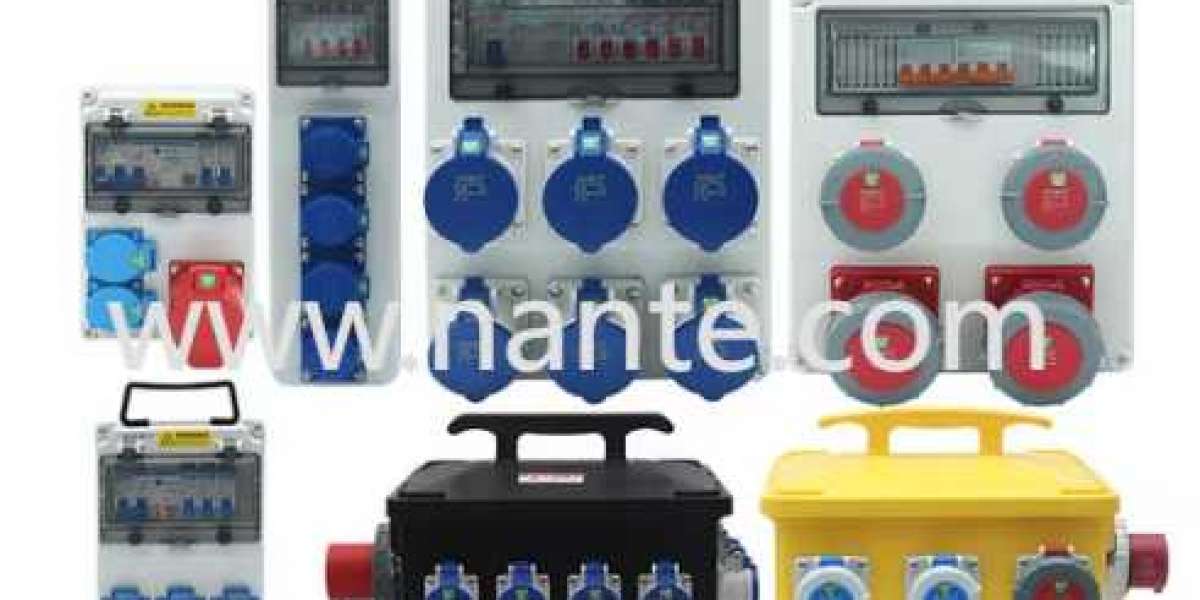In today’s fast-paced industrial environments, dependable electrical infrastructure is the backbone of productivity. From manufacturing plants to construction sites, secure and efficient power distribution ensures machinery operates seamlessly while protecting personnel from hazards. As industries adopt automation and IoT-driven systems, the need for advanced electrical solutions—engineered for safety, durability, and adaptability—has surged. This article explores cutting-edge advancements in electrical technology that are reshaping modern industrial operations.
Safety First: Mitigating Electrical Risks
Modern electrical systems prioritize safety with integrated safeguards such as overload protection, arc fault detection, and surge suppression. These mechanisms prevent equipment burnout and reduce fire risks, particularly in high-voltage environments. For example, self-monitoring circuit breakers can isolate faults in milliseconds, minimizing downtime in critical processes like assembly lines or chemical processing. Such innovations are vital in industries where electrical failures could lead to catastrophic outcomes, including explosions or worker injuries.
Built to Endure Extreme Conditions
Industrial settings often expose equipment to harsh elements: corrosive chemicals, abrasive dust, and temperature extremes. To address this, modern power distribution units are crafted from materials like marine-grade stainless steel and reinforced polymers. These components offer IP67-rated waterproofing and corrosion resistance, ensuring reliable performance in environments like offshore rigs or wastewater treatment plants. Ruggedized designs also reduce wear and tear, lowering long-term maintenance costs while extending operational lifespans.
Ergonomics and Efficiency in Design
User-friendly features are transforming how workers interact with electrical systems. Modular configurations allow quick customization, such as adding high-capacity outlets for heavy machinery or low-voltage ports for sensors. Color-coded terminals and tactile labeling streamline setup, reducing human error during equipment connections. Compact, wall-mountable designs save space in crowded facilities, while IoT-enabled models provide real-time load monitoring via mobile dashboards, enabling proactive energy management.
The Role of the Industrial Socket Box
A key innovation in this space is the industrial socket box, which combines safety, durability, and adaptability into a single unit. These systems integrate explosion-proof casings for hazardous zones, such as oil refineries, and heat-resistant insulation for foundries. Their modular architecture allows seamless integration with renewable energy sources, like solar panels or battery backups, supporting sustainable practices without compromising power stability.
Scalability for Future-Ready Operations
As industries embrace green initiatives, electrical solutions now prioritize scalability and eco-efficiency. Hybrid systems enable facilities to transition between grid power and renewables, reducing carbon footprints. Expandable designs accommodate evolving needs—whether upgrading to smart grids or retrofitting older plants with energy-efficient technologies.
For businesses seeking cutting-edge electrical infrastructure, Nante.com offers a diverse portfolio of solutions tailored to industrial demands. Their products, including the industrial socket







